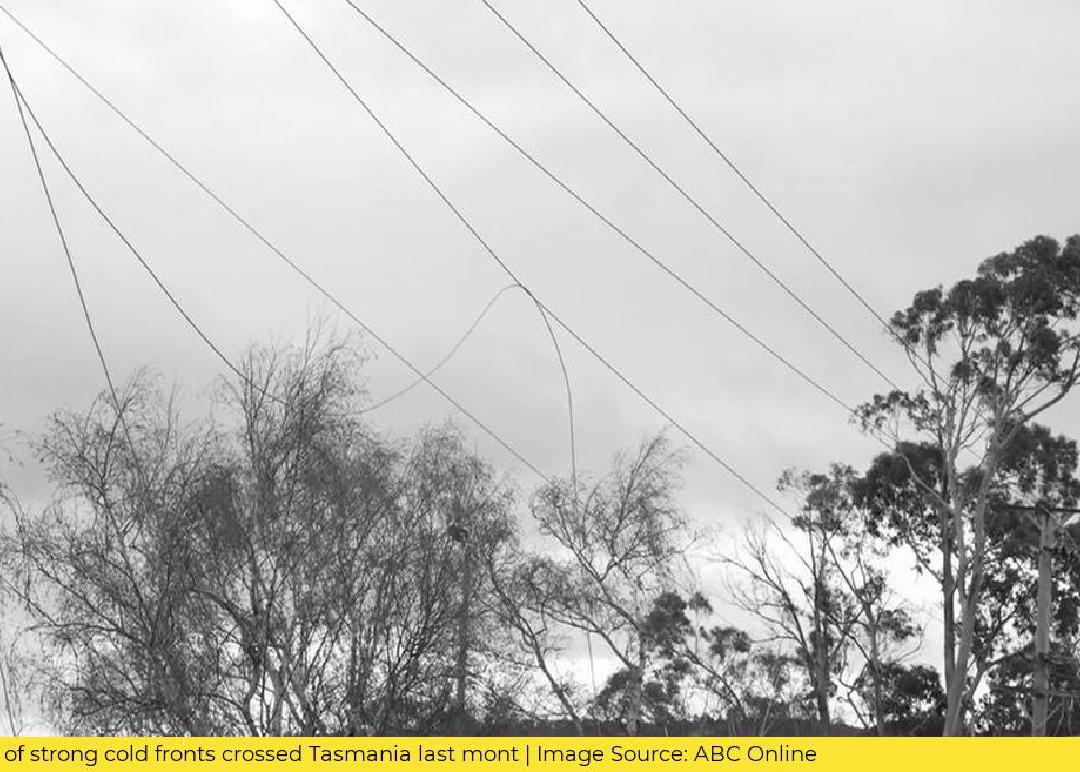How to Handle Extended Power Outages: A Guide for Insurance Executives
As an insurance executive, you know that natural disasters can strike at any time, leaving your clients without power, heat, and access to basic necessities. The recent power outage in Tasmania is a prime example of how quickly things can go wrong, leaving thousands of households in the dark for days on end. In this guide, we’ll show you how to handle extended power outages and ensure that your clients are prepared for the worst.
Step 1: Assess the Risk
The first step in preparing for an extended power outage is to assess the risk. Look at the location of your clients and determine the likelihood of a natural disaster occurring in their area. Consider the potential impact of a power outage on their business or personal life. This will help you determine the level of coverage they need and the type of insurance policy that would be best suited for their needs.
Step 2: Develop a Plan
Once you’ve assessed the risk, it’s time to develop a plan. Work with your clients to create an emergency plan that outlines what they should do in the event of a power outage. This plan should include:
- A list of emergency contacts
- Instructions on how to shut off utilities
- A list of essential items to have on hand, such as flashlights, batteries, and non-perishable food
- A plan for backup power, such as a generator or battery backup system
Step 3: Communicate with Your Clients
Communication is key during an extended power outage. Make sure your clients know what to expect and how to stay safe. Provide them with regular updates on the status of the outage and let them know when power is expected to be restored. Encourage them to reach out to you if they have any questions or concerns.
Step 4: Consider Parametric Insurance
Parametric insurance is a type of insurance that pays out when a specific event occurs, such as a power outage. It’s a great option for clients who are at high risk of experiencing an extended power outage. With Riskwolf, you can turn real-time data into insurance. Using unique real-time data and dynamic risk modelling, we enable insurers to build and operate parametric insurance at scale. Simple. Reliable. Fast.
Step 5: Review and Improve
After the power outage has been resolved, it’s important to review your emergency plan and make any necessary improvements. Consider what worked well and what could be improved upon. Use this information to update your clients' emergency plans and ensure that they are better prepared for the next power outage.
In conclusion, extended power outages can be a major disruption to your clients' lives and businesses. By assessing the risk, developing a plan, communicating with your clients, considering parametric insurance, and reviewing and improving, you can help your clients prepare for the worst and ensure that they are protected when disaster strikes.
Read more about the recent power outage in Tasmania and the independent review into TasNetworks' handling of the emergency here. And don’t forget to get in touch with Riskwolf to learn more about how we can help you develop parametric insurance for your clients.
